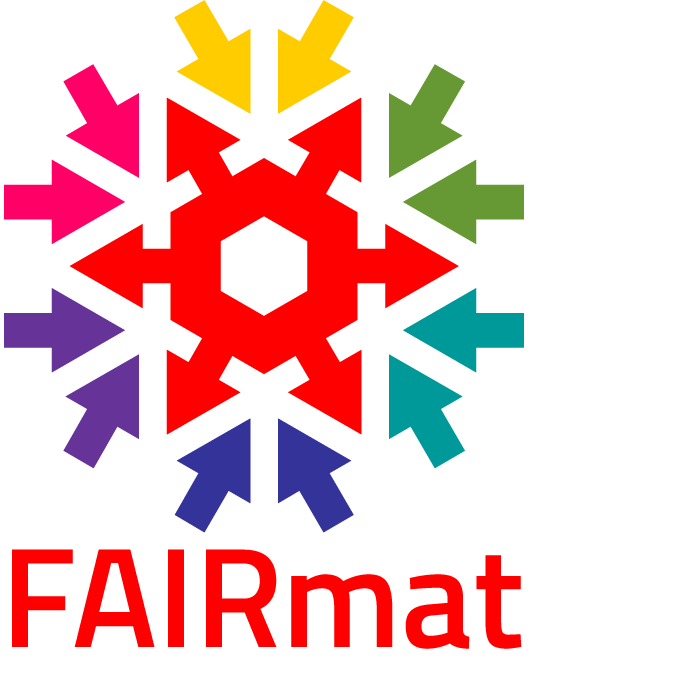Michael Mößle
|
Dr. Michael Mößle holds a PhD degree in Physics and has worked as a research scientist in the field of superconductivity and its applications at the Universities of Erlangen and Tübingen and the University of California at Berkeley before joining the German Research Foundation (DFG) in 2007. As a programme director at the DFG he is responsible for all funding schemes related to the research field Condensed Matter Physics. This also involves the DFG´s coordinated programmes in this field like Collaborative Research Centers, Excellence Clusters and the NFDI consortia. Title: NFDI and good practice in research data management – a funder´s perspective Abstract: This talk will give a brief overview of the current status and the future perspectives of the National Research Infrastructure (NFDI) from the viewpoint of the German Research Foundation (DFG). It will also present a funder´s view on the implementation of good practices in the handling of research data. A special emphasis will be given to the specific requirements in Physics and Materials Science and the recommendations of the respective DFG review boards. |
|
Pavel Ondračka
|
Pavel Ondračka is a researcher at the Department of Plasma Physics and Technology, Masaryk University, Brno, Czech Republic where he received his Ph.D. in Advanced Materials and Nanosciences. Pavel spent one year during his Ph.D. at Montanuniversität Leoben and later three years as a postdoctoral researcher at Materials Chemistry, RWTH Aachen University with prof. Jochen M. Schneider. His research specializes in ab initio material modeling by using Density Functional Theory, with special focus on ab initio guided X-ray photoelectron spectroscopy characterization. He is also currently investigating nanocomposite WBC coatings using the machine learning force field techniques. Title: A postdoc’s perspective on NOMAD and NOMAD Oasis for ab initio research data management Abstract: In this talk, Pavel Ondračka will present how the NOMAD project has assisted him in his research and how it has played a crucial role in the management of computational materials research data that he has accumulated over several years of his Ph.D. and two postdoc positions. An examination will be conducted regarding some of the challenges encountered when deploying NOMAD Oasis in two different research groups, one at Materials Chemistry, RWTH Aachen, and the other at the Department of Plasma Physics and Technology, Masaryk University Brno. Furthermore, various aspects of the user experience will be discussed, including more advanced topics such as parser development, data migration between Oases, and the operation of Oasis within a Kubernetes cluster. |
 |
Daniel Baumann
|
Daniel Baumann (26) finished his masters degree in electrical engineering in 2022 at KIT with the specialisation in optoelectronics and lighting technology. For his master thesis he provided a proof of concept for 2T perovskite CIGS tandem solar cell using the lamination method. Since the start of his doctoral research project at KIT in the group of Ulrich Paetzold in October 2022 he is engaging with robotic spin-coating for perovskite sola cell research. His current focus is on repeatability, optimization and FAIR data practices. Title: Facilitating FAIR Data Principles in Perovskite Solar Cell Research using NOMAD Abstract: In the rapidly evolving field of perovskite solar cell research, maintaining awareness of current progress while still focusing on one's own research can be challenging. Transitioning towards standardised FAIR data structures, promoting transparency and reproducibility will advance progress in this research domain. This presentation will highlight how NOMAD Oasis supports experimental material researchers in the perovskite photovoltaics field. A live demonstration featuring experimental planning, documentation, as well as automated data evaluation will be presented. Particularly, in conjunction with a highly repeatable robotic spin-coating setup, the realization of this vast potential may be closer than anticipated. |
 |

